Once a year, a usually gloomy winter’s evening is livened up by the sights, sounds and all-round exuberance of the music industry. It’s the night the Brit Awards come to town.
The celebration of the best British and international music from the previous year has been a calendar fixture since 1982, but the opening chapter of the Brits happened much earlier, as BBC Bitesize found out.
When were the Brit Awards first held?
The Brit Awards have only gone by that title since 1989, when the establishment of the British Record Industry Trust lent its acronym to the name of the event.
Prior to that, they were known as the British Phonographic Industry (BPI) Awards. But when they were first held in 1977 to mark the Queen’s Silver Jubilee, the name was the never-used-again British Record Industry Britannia Centenary Awards (for the sake of clarity, we’ll refer to them as the Brits).
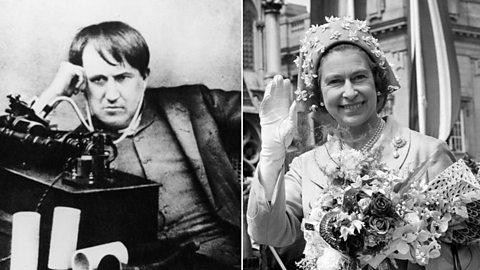
Unlike the current ceremony which honours songs, hits and acts from the previous year, the very first awards looked back on the first 25 years of Queen Elizabeth II’s reign, as a celebration of her Silver Jubilee. It meant that a track released in 1952, for example, had as much chance of winning an award as a hit song from 1976.
Today, a different artist, architect or designer puts their creative mark on the Brit trophies each year, based on Britannia - the embodiment of Britain as a female warrior. Vivienne Westwood, Damien Hirst and Tracey Emin are among the well-known names to have added their own touches to the design over the years.
Back in 1977, the Brit trophies were based on the shape of a tuning fork (although only loosely), from a design by Roger Clinton-Smith. This reflected the 100th anniversary of Thomas Edison’s invention of sound recording on the phonograph - another reason the awards were held that year.
Where were the first Brit Awards held?
Wembley Conference Centre in London had a high-profile first year of operation.
Opening in January 1977, it hosted the Bafta awards in March, the Eurovision Song Contest in May and then, on 18 October, the first Brit Awards. Thames Television, part of the ITV network, broadcast the ceremony to the nation.
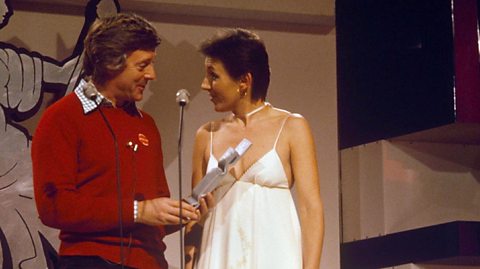
The host was Michael Aspel, a former newsreader who had also hosted the Miss World contest and would go on to present the ITV game show Give Us a Clue and Antiques Roadshow on the BBC.
In recent years, the Brits have been a lavish spectacle in London’s O2 Arena, with comedians and radio DJs handling hosting responsibilities, in stark comparison to the more relaxed 1977 event.
Who were the first Brit Award winners?
The first 25 years of Queen Elizabeth II’s reign coincided closely with the launch of the UK singles chart. Princess Elizabeth became monarch on 6 February 1952 and Al Martino’s Here in My Heart was the nation’s first ever number one single on 14 November that same year.
That gave the 42-strong voting panel some tough decisions to make in categories that covered some of the most well-known and influential popular music of the 20th Century.
The nominees for best British group were The Rolling Stones, Pink Floyd, The Beatles and The Who. The Beatles took the trophy, along with the best album title for 1967’s Sgt. Pepper’s Lonely Hearts Club Band. George Martin, who masterminded The Beatles’ studio sound, was named best producer.
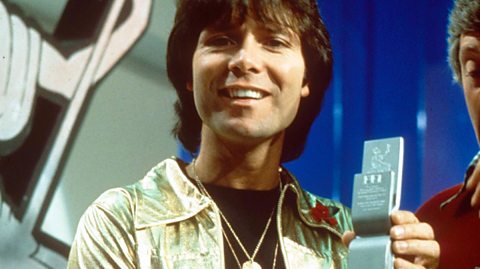
The Beatles were also singled out for the outstanding contribution to the recording industry award (an honour they shared with former EMI Records boss LG Wood), but one category where they didn’t triumph was in best single. Although their 1963 number one hit She Loves You was nominated, it was beaten by two songs that tied for the honour; Queen’s Bohemian Rhapsody from 1975 and Procol Harum’s 1967 hit A Whiter Shade of Pale.
Welsh powerhouse vocalist Shirley Bassey, in the days before she was made a Dame, was named best female soloist. Cliff Richard beat Elton John, Rod Stewart and Tom Jones to the best male soloist award. All four of them would be knighted in later years.
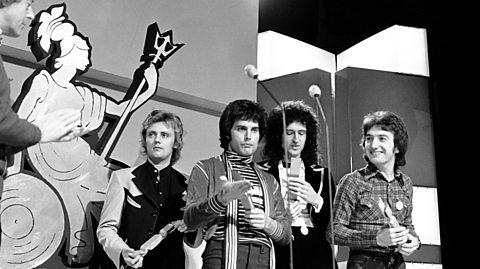
There were some nods to the sound of 1977. The two winners of the British Breakthrough award for newcomers were Julie Covington - who took the song Don’t Cry For Me Argentina from the musical Evita to the top of the charts - and Graham Parker, who fronted the band Rumour. They beat Welsh soloist Bonnie Tyler and the group Heatwave to the title.
What happened at the next Brit Awards?
The format of the 1977 ceremony was never repeated.
When the Brits returned in 1982, the awards were closer to the style we know today; celebrating the best of new music. They saw acts such as Adam and the Ants, Soft Cell and The Human League take home trophies, but there was still one element that stayed the same. For the second ceremony running, the best male soloist was named as none other than Cliff Richard.
This article was published in February 2025
It’s actually a feeling we’re trying to reflect' - Interpreting music for deaf audiences
Find out more about the role music interpreters play at live events
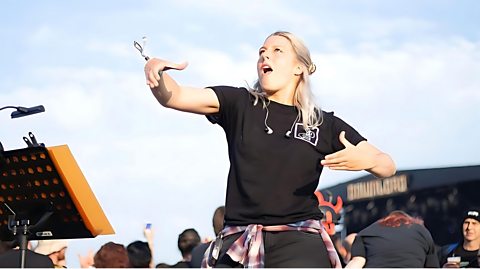
10 pieces of classical music you didn't know you knew
Classical music is everywhere in pop culture if you look hard enough.
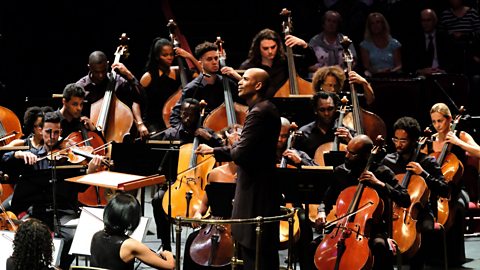
What is country music? Five questions about country music answered
What types of country music are there and who are the genre's biggest stars?
